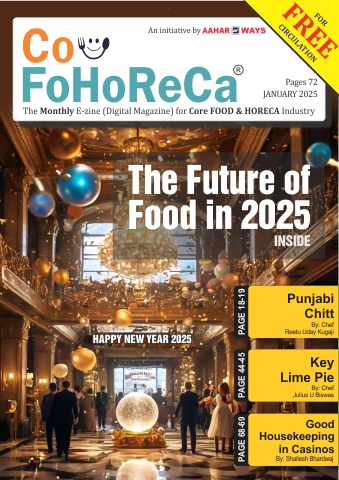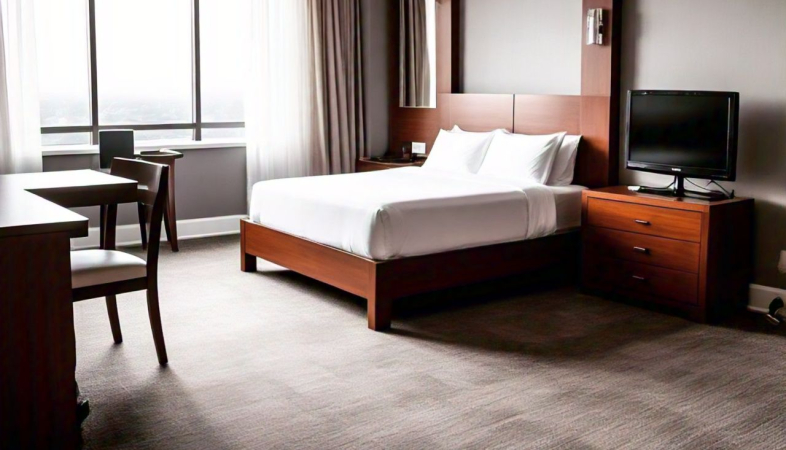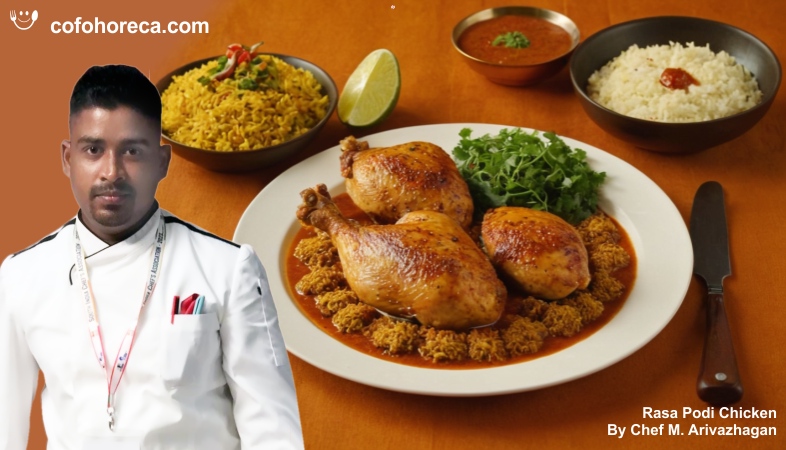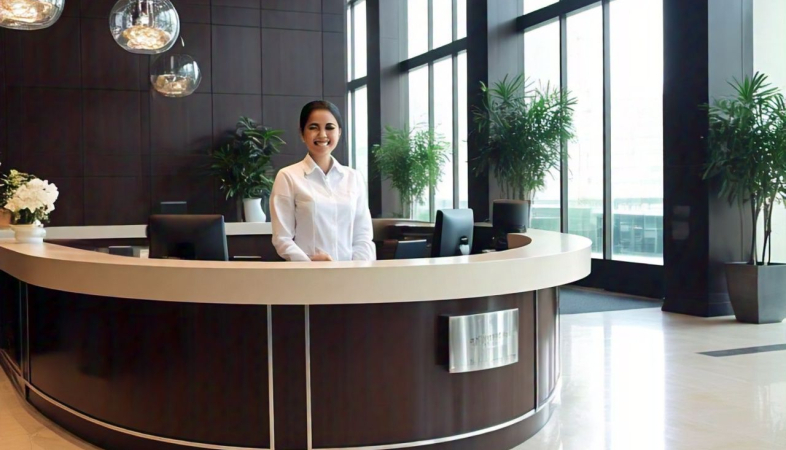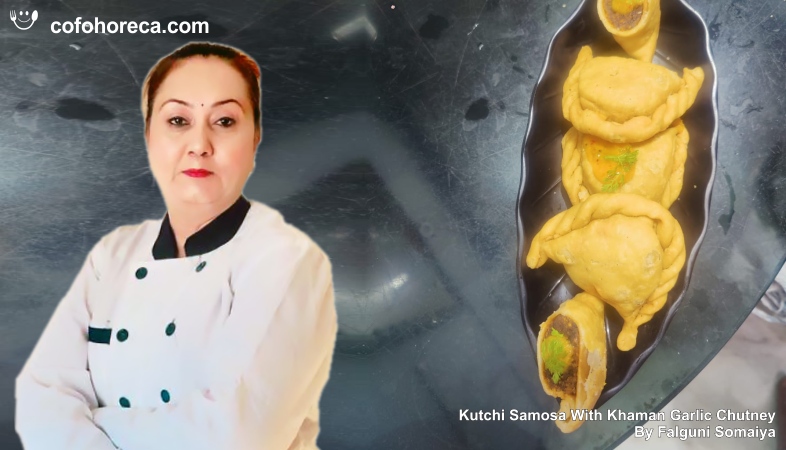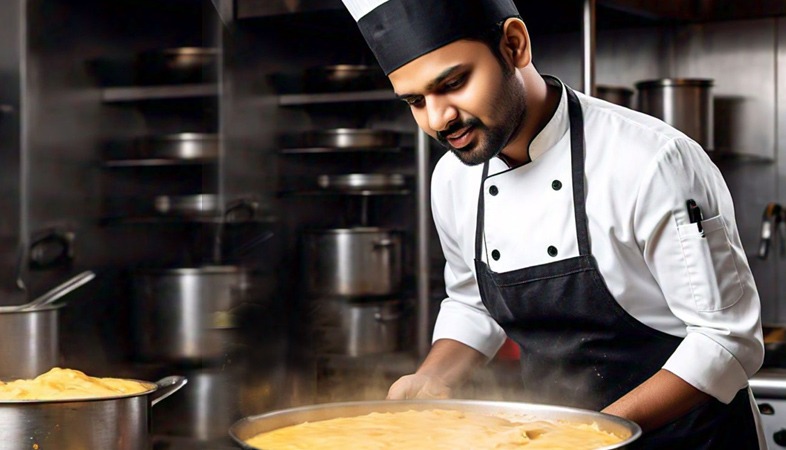SHARE
Commercials
More Posts
Jan 17, 2025
Batch Cooking Hacks for Week-Long Meal Prep
Dec 20, 2024
Vegetable Muthiya - By Chef Falguni Somaiya
Dec 12, 2024
Rasa Podi Chicken - By Chef M. Arivazhagan
Sep 17, 2024
Naveen Thakur Joins Hilton as Executive Housekeeper
Jan 17, 2025
Batch Cooking Hacks for Week-Long Meal Prep
Dec 20, 2024
Vegetable Muthiya - By Chef Falguni Somaiya
Dec 12, 2024
Rasa Podi Chicken - By Chef M. Arivazhagan
Sep 17, 2024
Naveen Thakur Joins Hilton as Executive Housekeeper
Jan 17, 2025
Batch Cooking Hacks for Week-Long Meal Prep
Dec 20, 2024
.png)


